Data collection in the special education classroom is a big undertaking. A better understanding of the data collection process allows you to collect data more easily and to determine if your interventions and teaching strategies are effective.

Today’s guest blogger, Dana Howell, is a Board Certified Behavior Analyst who taught regular education and special education. Dana has also been a paraprofessional and a speech-language pathology assistant. Her company, Behavioral Interventions and Solutions, creates ABA resources that empower parents with affordable and easy-to-use tools for managing challenging behaviors.
Do You Struggle With Data Collection in the Classroom?
When I was working as a classroom teacher, I felt like I was constantly playing catch up in an attempt to wade through a never-ending pile of paperwork. I am not great at delegating tasks, so I found myself spending countless hours after work trying to come up with data collection systems that I could manage on my own.
As a BCBA, I am now responsible for ensuring that the classroom teachers I work with take their own data, and I often find myself sympathizing with their struggles.
Answering the Six MOST Important Questions About Data Collection.

What is Data Collection?
Data collection is the systematic approach to measuring and gathering information. Start by creating goals with the data collection system in mind. As long as your objective is measurable, data collection will be easy.
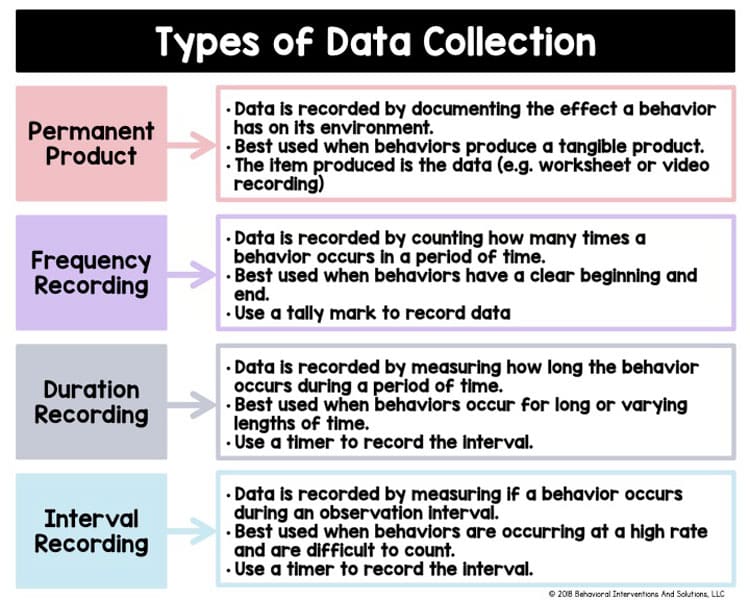
Why is Data Collection Important in the Special Education Classroom?
Simply put, data collection helps you determine if your interventions or teaching methods are working. It will also highlight any changes that need to be made.
Take the work out of differentiation with the Editable Data Collection Sheets for Special Education IEP Goals.
More than 25 customizable data sheets for special education!
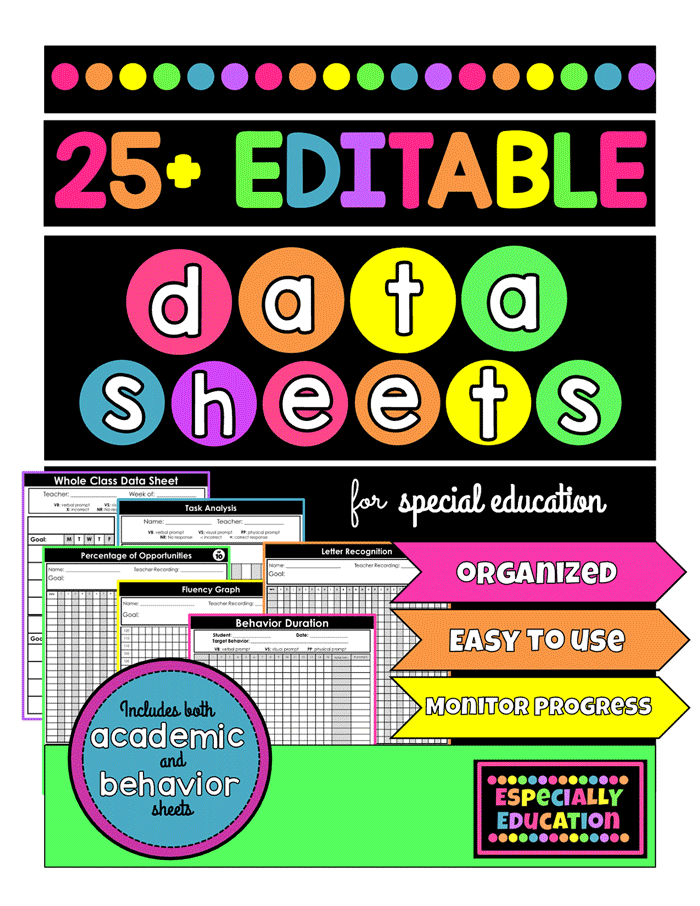
Who is Responsible for Special Education Data Collection?
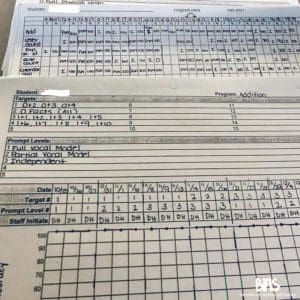
Many teachers I’ve worked with in the past have expressed that they feel the strain of having to take data while also teaching and running a classroom.
Instead, teach your staff to collect data. It can be very beneficial when your classroom staff is invested in data collection. It allows them to stay on track and busy throughout out the school day. Additionally, classroom staff can see the results of their hard work. Once your staff knows how to collect data, the classroom can still run smoothly, even if you are out.
Students can also be taught to take their own data using self-monitoring sheets. This method allows students to observe, reflect on and record their own behavior.
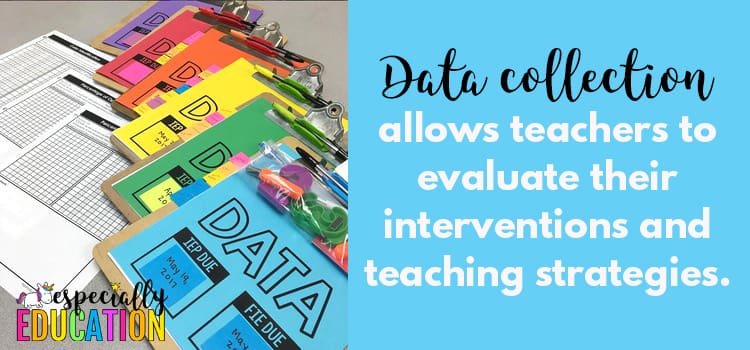
Where and When Should Data be Collected?
It is important to collect special education data throughout the day – on a variety of different skills or behaviors. Ensure that the system you choose is portable, easily accessible or that the data sheets are located in the area of the classroom where you will need them.

Lastly (and most importantly), HOW Can You Keep Data Collection Easy and Efficient?
Find a system you enjoy using. Keep data sheets in a binder or on a clipboard, and use color coding to organize students and/or goal areas. You can also record data on sticky notes, stickers, or scraps of paper and transfer them to the student’s sheet later that day.
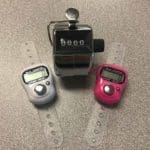
Clickers are helpful recording tools that you can use for easy data collection. A clicker allows you to count how often a behavior occurs without having to write anything down. There are also a variety of tally counter apps, which work just like a clicker but can be downloaded onto your classroom tablet.
What Should You Do With Data, Once Collected?
Create a visual representation of student progress using a graph. Often minor changes in behavior or skill acquisition can go unnoticed. By collecting and analyzing data, you can monitor any increasing or decreasing trends. Let’s be honest, who doesn’t like seeing the positive outcomes of their student’s hard work?
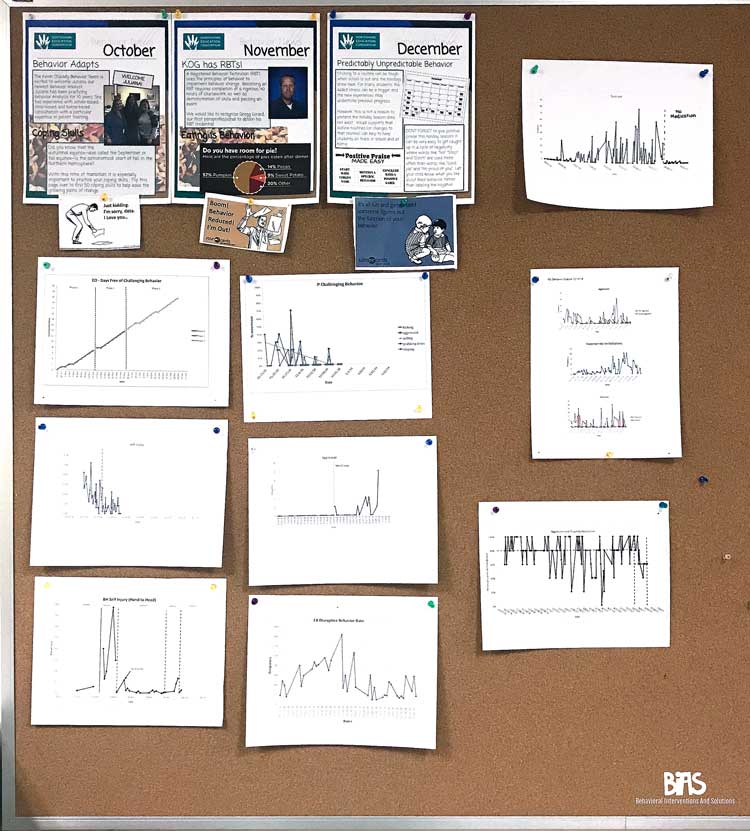
Setting up data collection systems is messy in the beginning; however, once you discover a method that works for you, you will be surprised at how easy data collection can be!
Notes from Michaela:
For more data collection inspiration, be sure to read my blogs, “Tips for Efficient Data Collection” and “Planning for the First 2 Weeks of School in Your Special Education Classroom.” And click the following link to download your FREE Especially Education Special Education Data Sheets! Get first-hand experience with special education samples for data collection sheets.

ivan says
thanks for the info, if you happen to know of any videos that can show one how to take data, use it and crete nice graphs let me know